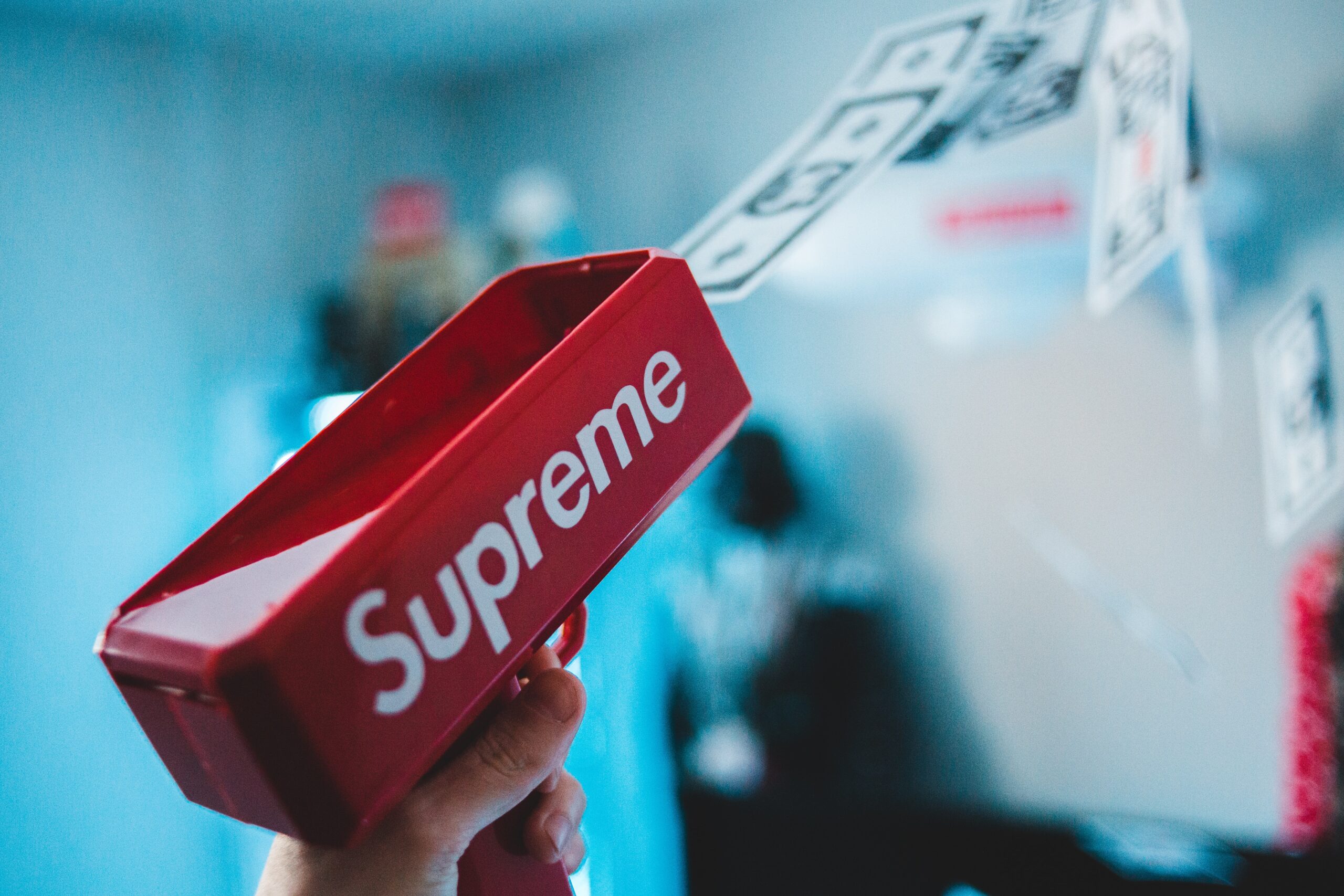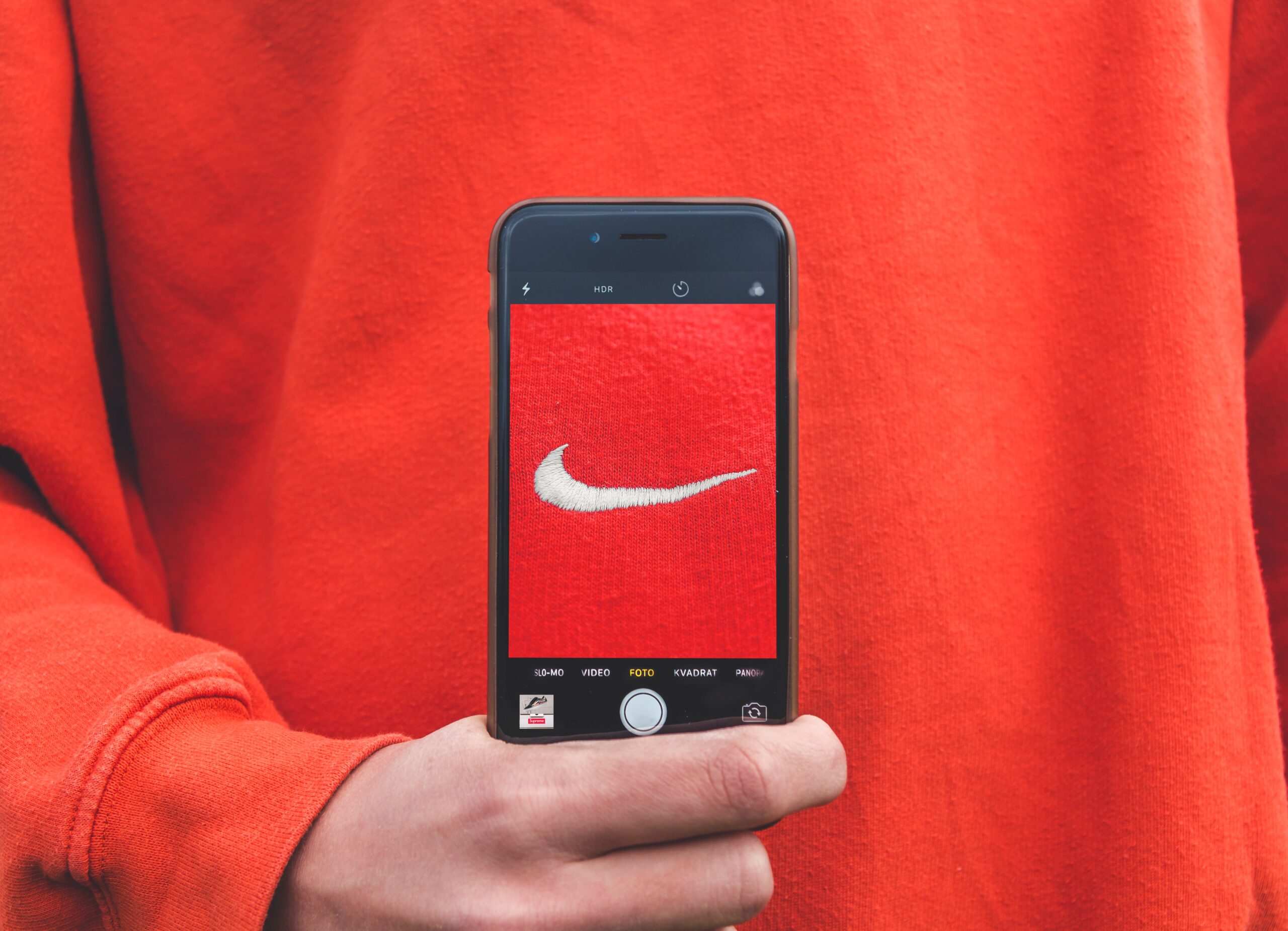
Branding has traditionally been associated with the fast moving consumer goods (FMCG) industry where global products attain enormous value through a consumer appreciation of their ‘brand’.
The likes of Coca-Cola have become a lot more than a sweet and fizzy consumable liquid and achieved great value through becoming a highly marketable commodity that engendered significant customer loyalty.
Retailers on the other hand have historically just sold the brands and thereby have not achieved any of the value and loyalty enjoyed by the FMCG businesses. This polarised state changed during the 1980’s as luxury brands moved from pure wholesale models into retail and direct models. FMCG brands then upped the stakes and where they led, the larger retailers particularly the grocers followed. What became clear to the merchants was that clear brand identity, allowed for better market penetration through differentiated proposition and ultimately market growth.
Fashion retail brands emerge
Retail brands have certainly become big news in fashion as retailers discover the value of being a brand rather than a purely transactional merchant. This realisation is changing the way they structure their senior teams and who they look to recruit.
The big question is whether they are changing enough? Are they prepared to do what is necessary to truly benefit from the value that a strong brand can bring to a business?
What’s happening
The leaders in making this switch to developing fully-formed brands have been the large international retailers including Zara, Benetton, design led brands such as Joules and some of the large UK-based players such as Next and John Lewis who have all invested in creating the prerequisite of any brand – a feeling of implicit trust between it and the customer.
Customers of retail brands need to know, without even thinking, exactly what is their relationship with the company. Each business defines how this is achieved and different businesses achieve it differently: e.g. John Lewis’ tag line of Never knowingly undersold’, the ASDA ‘patted posterior’ or in the case of Zara; simply being the leader in design led fashion.
From such messaging/positioning the customer understands that these are not transactional tactical businesses making ‘shoot from the hip’ trading decisions. This is exemplified by Next that is now recognised as a company that avoids going on Sale early and as a result maximises its margins and solidifies its brand positioning.
It is a mistake to think that investment in a brand is only for buoyant times. During the recession of 2007 areas such as Visual Merchandising (VM) along with learning and development were substantially cut both in terms of budget and manpower.
It has since been shown that this short term cost-cutting has been detrimental in the longer term. Such action has diluted the core brand values of certain retailers and has proved their un-doing.
Conversely, retailers which did invest in branding such as Topshop, Oasis, River Island and John Lewis have been the winners. These brands are now well placed for the big challenge of moving into the next phase of multi-channel retailing where there is a real need for merchants to become experiential brands for the customer. This is regardless of whether they are visiting the company online, in-store or through its catalogue, in the UK or in an International territory.
Change in structures
With the new found recognition of the importance of brands there has been an increase in the number of fashion retail businesses looking to appoint individuals to oversee the brand.
In some businesses these have been sought as replacements for the traditional Head of Marketing role whereas in others they sit alongside them. It is no surprise that structural changes have been required to cope with the demands of new customer demand, new sales channels and a radically different communication mix.
One of the most marked trends among multi-channel retailers is the joining together of Online and Offline Marketing teams. This creates a single marketing department overseeing all multi-channel marketing. This co-ordinated approach ensures a unified brand message, which helps build a powerful, cohesive brand and satisfies the expectation of today’s consumers.
With this increasing emphasis placed on brand building a small number of high street retailers are leading the charge by appointing a Head of Brand. This replicates the situation at companies like fashion brands and food and drink businesses where their brands are highly recognisable, trusted and valued, and quite possibly their company’s most valuable commodity.
Where this has not yet happened, then typically there may be two or more Heads of or Senior Marketing Managers responsible for areas such as PR, Creative, Retail Marketing, VM and Communications.
There is usually an online team sitting alongside these Marketing Managers, which translates the offline message through to the website, apps, email communications and other channels. Both teams will be overseen by a Head of Marketing, who in turn reports into a Multi-channel Director. The Creative Department may also be part of this structure or operate separately.

Rich pool of brand talent in FMCG
While these new requirements for finding top candidates with branding skills represents a challenge there is a rich seam of talent that many retailers currently overlook. It sits within businesses in the FMCG industry.
They typically have structures that place far more responsibility on individual Brand Managers who ‘own’ a particular brand covering a specific territory. These individuals also have international counterparts who translate the UK campaigns for international customers, as well as formulating country-specific campaigns for their own territories.
They are also skilled at marketing a brand rather than a product and recognise that if a brand is an inherent sign of trust then the brand values must go through the entire organisation and be ingrained and deep. Anything that is merely superficial will soon be found out by the consumers and impact negatively on the bottom line.
Although these candidates have the ability to implement a brand strategy and are able to adapt more quickly to the demands of international expansion our research has found that fashion retailers are generally reluctant to hire individuals with FMCG backgrounds.
This is a mistake as it would be advantageous for high street fashion brands to consider more candidates with experience in FMCG or other consumer goods businesses. Fashion retailers should not be afraid to break the mould by looking outside their own business community.
Earnings
In a high street retailer, the salary band for a Marketing Manager with responsibility for PR and communications is generally around £50-60k. In contrast, in an FMCG company a Brand Manager who ‘owns’ the brand and formulates targeted country-specific campaigns for the territories they cover will typically earn £55-65k, a relatively low salary level considering the scope of their responsibilities.
In a typical fashion business, a Head of Marketing will be on a salary of c£75k, reporting in to a Multi- channel Director earning c£150k. Meanwhile in an FMCG company, the Head of Brand may be paid up to £200k and is likely to be reporting in to the Marketing Director who will be on a higher salary than their equivalent on the high street.
SOURCE:
This report was compiled by the ORESA in-house research team as part of the support for recruiting two Head of Brand roles within the last 12 months. The research conducted has incorporated detailed conversations with hundreds of individuals within the brand marketing space, across fashion, retail and FMCG businesses.
















